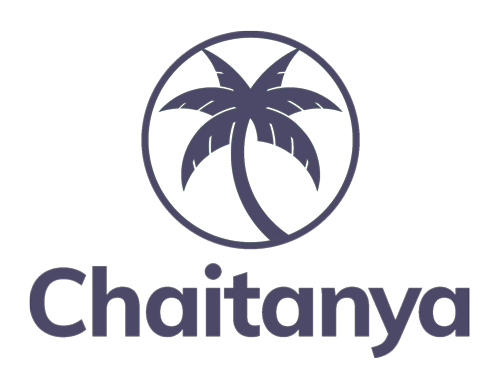December 17, 2022
Introduction
Risk assessment is one of the mandatory terms used by microfinancing companies. If risk assessment is done properly, it helps better manage market, price, operational, and other risks. It can also reduce risks related to credit and liquidity up to zero levels. The bank can only avoid facing failures or financial losses with an accurate examination of credit risk.
In this article, we’ll discuss the importance of risk assessment for microfinancing companies in India. Also, how companies can get the best out of this process?
Role of Microfinance companies in public welfare
India, since independence, has seen important growth in different sectors. To bring India to this stage of progress both Government, NGOs, along with social reformers, play an important role. Microfinancing companies have taken several historical decisions to help people fight financial crises.
That is true, microfinancing and lending partners have played a crucial role in strengthening middle and lower-middle-class businesses flourishing in India. But, did we even realize how challenging it is for such companies to continuously run their business for the long term? Obviously, the top brass of these companies, especially service providers of the best microfinance in India, are visionary personalities.
To bring up the balance between everything, they not only plan foolproof strategies but also proactively execute required strategies for it. Risk assessment is one of the most applicable tools that help the best microfinance in India to reduce risk levels nearest to zero.
How do microfinance companies reduce risks?
A sizable portion of India’s whole microfinance sector is made up of small-scale organizations. Due to the significant credit risk that microfinance institutions confront today, a variety of strategies and tactics have been developed by them to reduce the risk of customer non-repayment.
Small-scale microfinance institutions have used a variety of techniques to promote a culture of loss reduction inside their businesses. Such tools and approaches, which have been adapted from other financial organizations, are desperately needed. To reduce the risk of loan losses, these approaches are different depending on their consumers and the environment.
What is risk assessment?
Risk assessment is a systematic strategy to identify, assess, monitor, and manage the numerous risks that an institution faces. The majority of capacity-building programs and risk assessment systems inside microfinance institutions (MFIs) have concentrated on operational and financial issues.
How risk assessment helps microfinance companies in credit management?
Risk management, especially credit risk management deserves more attention than it currently receives in microfinance. Microfinance institutions would benefit from having a strong risk management system because it would not only assist them in reducing credit risk but also help them come up with solutions for operational issues. The risk analysis helps these institutions identify, gauge, and assess credit risks that could negatively affect their financial standing. The following are a few benefits risk management provides to microfinance organizations.
They can better manage market, price, operational, and other risks, as well as risks related to credit and liquidity. The bank can only avoid facing failures or financial losses with an accurate examination of credit risk.
Helpful in calculated risks
Using effective risk management tools and strategies can promote a culture of responsible risk-taking. This will aid in cost-effectively minimizing the losses as well.
Cost-effectiveness and financial success
Looking for cost-effective alternatives, microfinance institutions are fighting to stay afloat financially, especially in India. With the least amount of risk to the company possible, risk management techniques can assure better management of capital and cash.
Getting more money
These institutions mostly get their money from two different major sources, By borrowing money from other organizations and from the savings that customers deposit in their institutions. Risk assessment based on scientific methods and evolutionary technology always benefits positively.
Strong financial performance becomes a due necessity to keep one’s place in the economy and to borrow additional money.
In such circumstances, microfinance institutions are responsible for applying credit risk mitigation procedures or approaches, which must be followed to the letter in order to maintain a solid financial position in the economy.
Why is Chaitanya India one of the best Micro Financing Companies?
Headquartered in Bangalore, Karnataka, Chaitanya India Fin Credit Private Limited, has been assisting low-income families in PAN India with their finances for more than a decade. The matter of trust, reliability, and quality service is what makes it one of the best microfinance companies in India. Recently, the company updated itself and introduced some cutting-edge solutions to streamline the workflow and boost efficiency in the world of ever-evolving technology, including new LMS, HRMS, employee reimbursement, and more.


